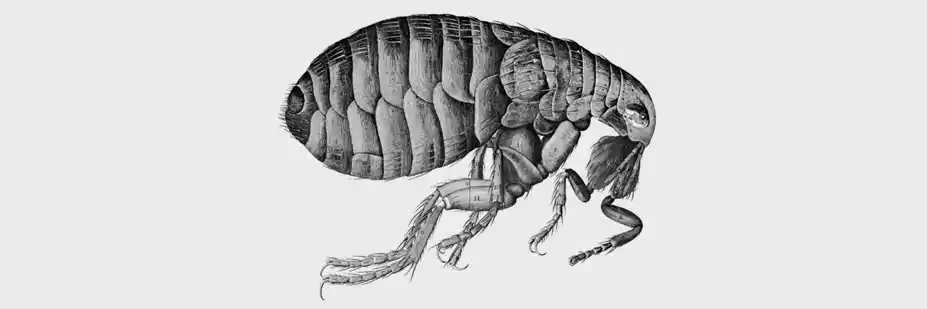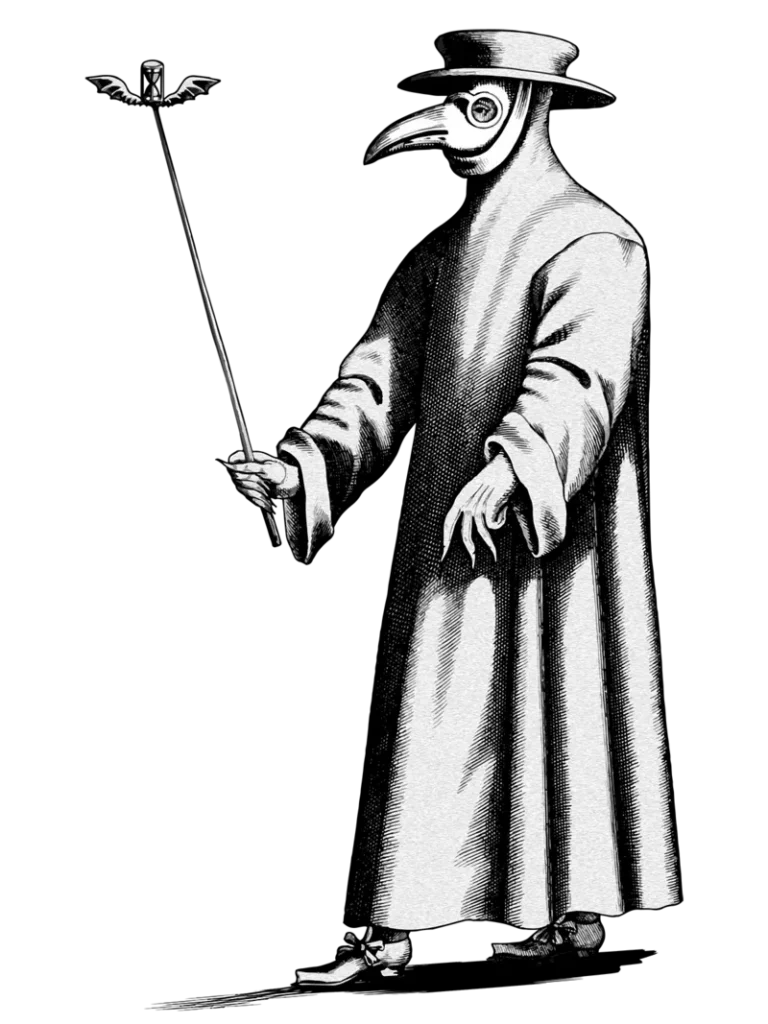Welcome to the Black Death

The Black Death, also known as the Bubonic plague, was one of the worst pandemics in history. It changed societies and had a profound impact on humanity. The main cause of this disaster was a small creature: the flea, particularly the Norway rat flea (𝘟𝘦𝘯𝘰𝘱𝘴𝘺𝘭𝘭𝘢 𝘤𝘩𝘦𝘰𝘱𝘪𝘴), which carried the deadly bacterium 𝘠𝘦𝘳𝘴𝘪𝘯𝘪𝘢 𝘱𝘦𝘴𝘵𝘪𝘴. This tiny pest set off one of the darkest times in human history.
The Origin: Fleas, Rats, and 𝘠𝘦𝘳𝘴𝘪𝘯𝘪𝘢 𝘗𝘦𝘴𝘵𝘪𝘴
In the 14th century, trade routes connected the East and West, enabling the movement of goods and, sadly, diseases too. 𝘠𝘦𝘳𝘴𝘪𝘯𝘪𝘢 𝘱𝘦𝘴𝘵𝘪𝘴 likely traveled with fleas that lived on black rats (𝘙𝘢𝘵𝘵𝘶𝘴 𝘳𝘢𝘵𝘵𝘶𝘴) from Central Asia, which boarded merchant ships heading to Europe. When the rats died, the fleas looked for new hosts, unknowingly spreading the harmful bacteria to humans through their bites.
Transmission and Symptoms
Yersinia pestis causes different types of plague, including bubonic, pneumonic, and septicemic plague. The bubonic plague was common during the Black Death and led to symptoms like swollen and painful lymph nodes (buboes), high fever, chills, and weakness. This type of plague mainly spread through flea bites.
Usually, the fleas came from infected rodents, but sometimes they bit humans.
People could get the plague in three main ways: by being bitten by a rat flea that had the plague, by being bitten by a human flea that carried it, or by catching it from another person through coughs or vomit. The various ways the disease spread made the Black Death especially deadly.
Rapid Spread and Impact
The quick spread of the Black Death across Europe was remarkable. Fleas that had the disease jumped from rats to humans, particularly in crowded cities with poor sanitation and many rats. Once a person got sick, they could develop severe forms of the illness, leading to more deaths from lung and blood infections.
Historical Responses: Quarantine and Plague Doctors
During the Black Death, communities responded in various ways to stop the disease from spreading. A major strategy was to isolate sick households and mark them with a red cross. This period also saw the rise of the famous plague doctor, who wore a special outfit to protect against bad air and to keep distance from the ill.
The most recognizable feature of the uniform was the mask, which had a long beak stuffed with fragrant items such as dried flowers, herbs, camphor, or spices. This beak was made to block and cover up bad odors, as it was believed they could spread disease.
Legacy and Scientific Inquiry
The Black Death has led to many scientific studies about where it came from and how it spread. Today, scientists recognize 𝘠𝘦𝘳𝘴𝘪𝘯𝘪𝘢 𝘱𝘦𝘴𝘵𝘪𝘴 as the cause, but research and debates continue to enhance our knowledge of this significant event and its importance for today’s medicine.
One thing’s for certain: in modern times, it’s crucial to treat for fleas and other pests to prevent potential outbreaks of diseases similar to the Black Death. Effective pest control, vet care for pets, and keeping homes clean can lower the chances of getting sick from fleas. Being watchful and taking action to manage fleas can help keep us and our communities safe from these harmful pests.
If you suspect a flea infestation, call Termite Lawn and Pest for a free inspection. Call (407) 447-7378 or fill out our online form.

